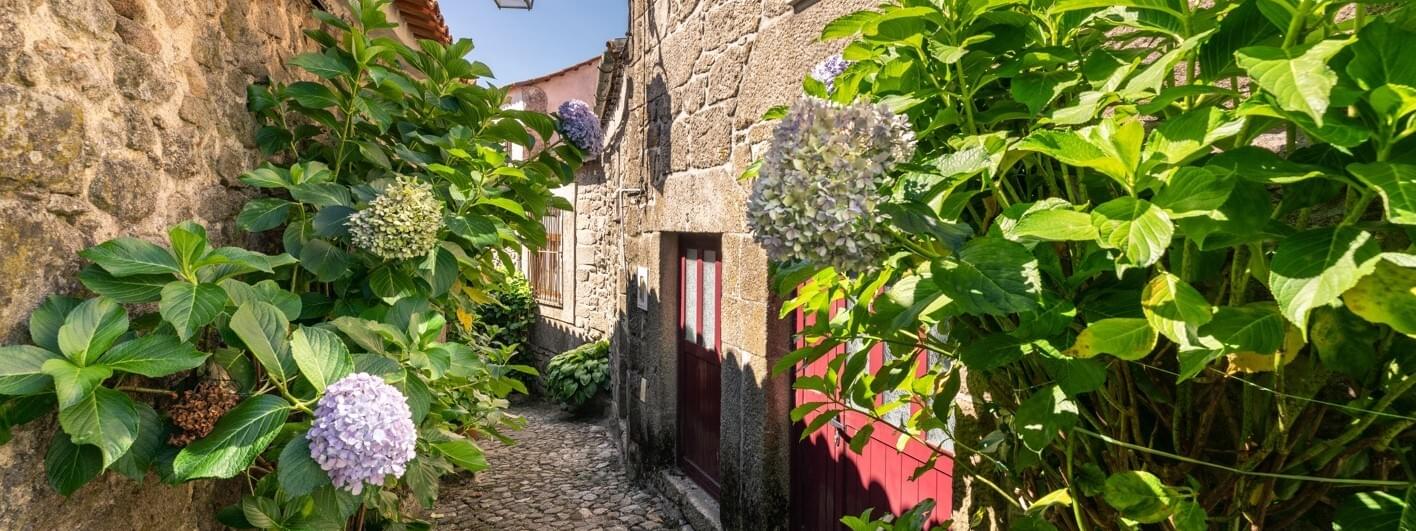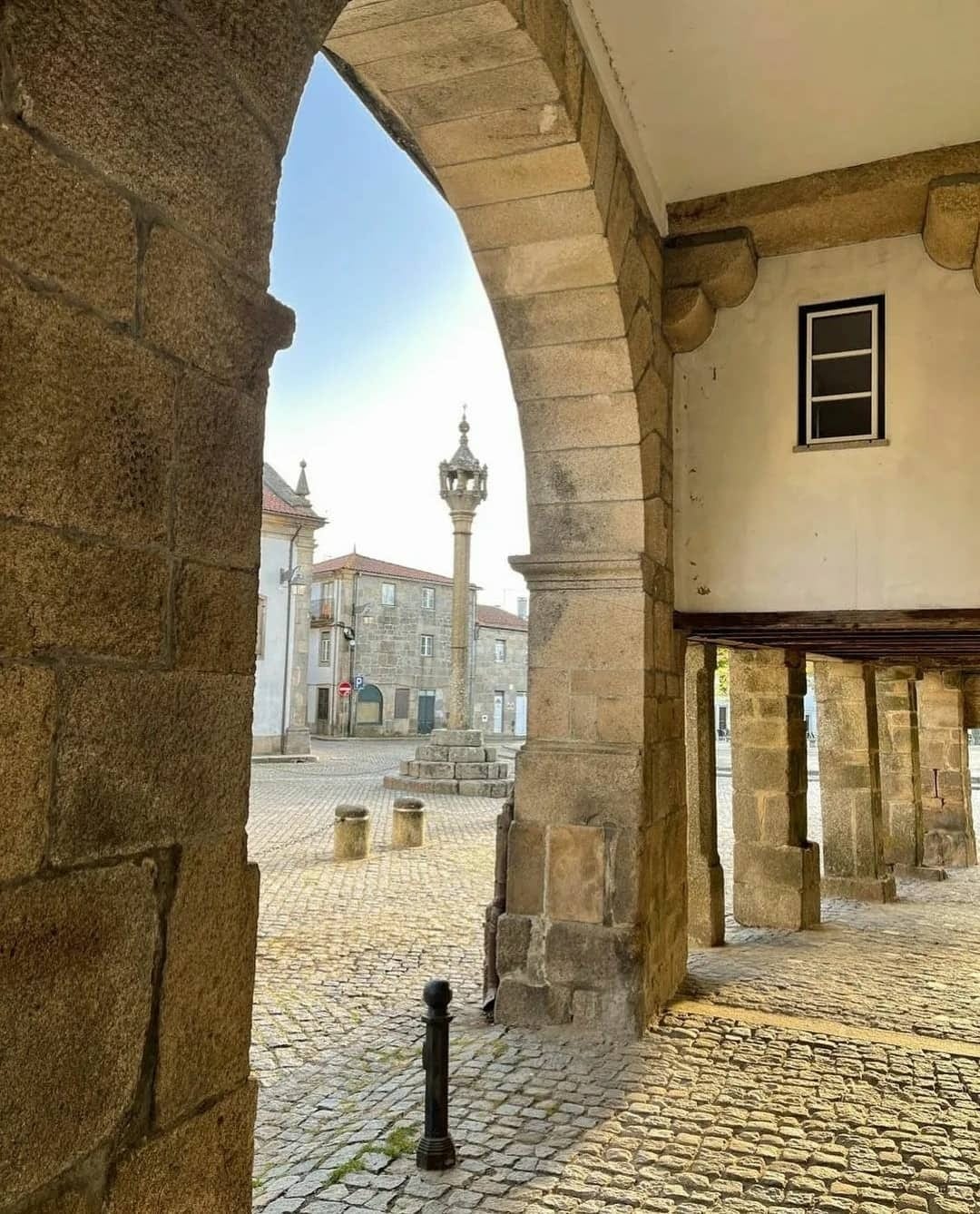Standing tall over the Beira Mountains, Trancoso arises impressively, shadowed by its castle. The town’s historic centre, surrounded by walls, allows us to discover the façades of old houses, where regular granite stones follow the sinuous outline of the streets, kept since the middle ages.
In fact, Trancoso was one of the most important towns in Portugal during the Middle Ages, because of its strategic location which was essential to keep Portugal’s independence as well as its borders. It was first mentioned in 960, when it was one of the many towns with a castle belonging to D. Chamôa Rodrigues. It was then at the centre of many disputes between Christian and Muslim armies over the following decades.
In 1160, the town was finally conquered by King Afonso Henriques who also granted it its charter. Over the next centuries, Trancoso experienced a time of great commercial and population development and so King D. Dinis ordered its boundaries to be enlarged. Due to this enlargement, the town’s urban fabric was remodelled and, later, a Jewry, which became one of the largest of the area, was built.
The town became known when in May 1385, during the last months of the dynastic crises which had plunged the country into war since 1383, it was the stage of a confrontation between the noble armies which supported King John I and the Castilian troops. The battle, which ended with a memorable victory for the Portuguese, resulted in great losses for the Castilian armies and it was very important for the great Portuguese victory at Aljubarrota.
Trancoso is a History class made of stone. It still maintains the solemnity of medieval times during which the majestic castle and its fifteen towers protected the border and there is a glory feeling to it because it bravely fought for national independence.
In Trancoso, you should visit:
- The castle and the walls
- The Jewish rout and the Isaac Cardoso Jewish Interpretation Centre
- The El Rei, Carvalho and Prado Doors
- The Jewry and the Gato Preto House
- The old Beresford Headquarters
























